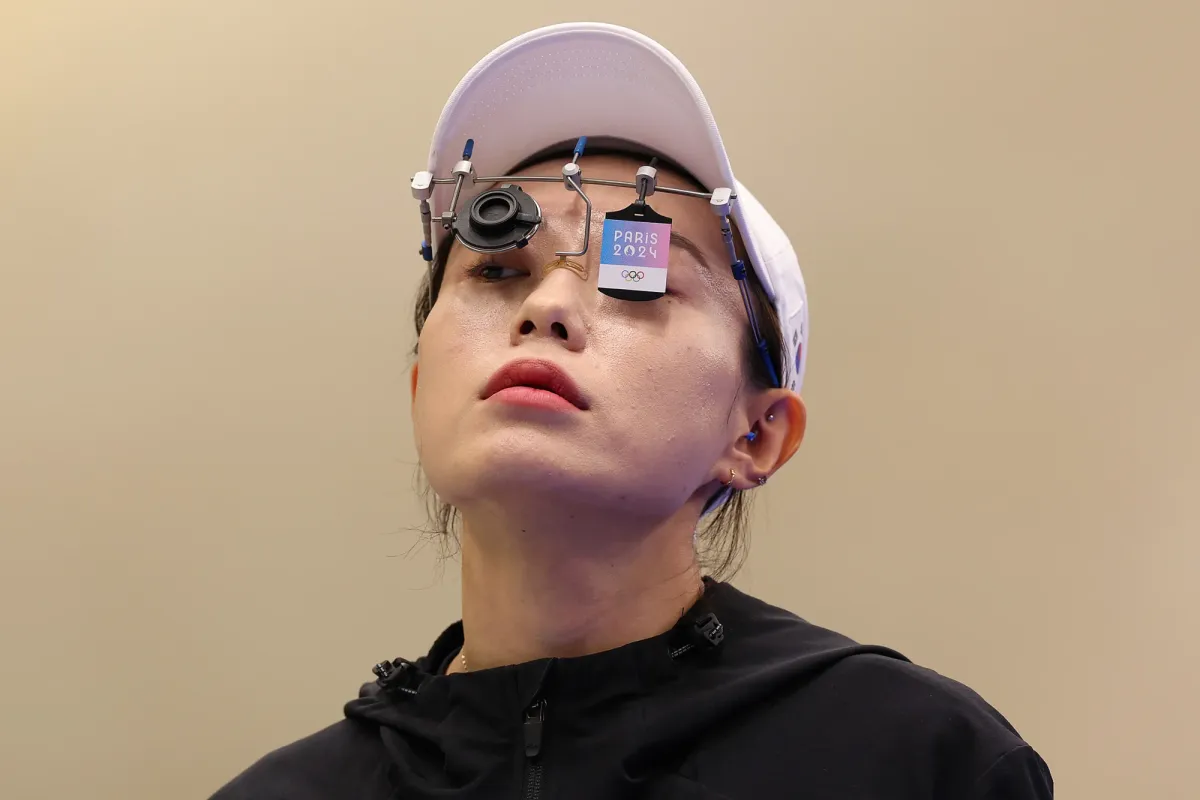Maybe Not the Sports Technologies You Were Expecting

As a writer about and critic of education technology, I was often asked "what's your favorite piece of ed-tech" – some sort of "gotcha" question, I reckon, in which I was supposed to confess that, in fact, I hate everything. I'd answer "the window," which is, no doubt, some sort of "gotcha" response – even though, in truth, it is one of the most significant pieces of technology in a classroom and, no lies, truly one of my favorites. If you've ever taught or learned in a space without windows, you know the difference that natural light makes – the light that can come in and, of course, the glances and stares that can go out. And there's a long history of the architecture of schools that's worth considering too: the size of windows; where they're placed – do you want students to be able to look outside? why or why not? do the windows open? do they have bars? whose classrooms are more likely to be bright and whose are more likely to be dark.
Some people would splutter in response that windows aren't really education technology – a ridiculous assertion; or they'd insist that that's not the right kind of technology, the technology that matters to "ed-tech" (even though, arguably, many of these same sorts questions of unequal access and accessibility, of shitty and mean-spirited design, still apply to digital learning spaces).
Like many folks, I've devoted a significant amount of time this past week to watching the Olympics, and although there is some other health and fitness technology news to write about today, I thought I'd just focus on the Games' tech. Except, ya know, not just the stuff that the health and fitness tech crowd necessarily wants these discussions limited to.
"Technology has advanced sports including fencing and pole vaulting," the Smithsonian Magazine wrote this past week, listing "From Sleek Swimsuits to Specialized Running Shoes, These Five Innovations Transformed the Olympics." It's a fine list, no doubt. But high-tech gear and gadgets are hardly the only technology stories that are unfolding in Paris right now. I'm not sure they're even the most interesting ones.
Indeed, I saw someone ask online why none of the triathletes were wearing watches in Wednesday's race. A very good question! Consumers are being sold fitness devices as a key component to high performance; but the highest performers in the world are not necessarily wearing them for competition. (There are lots of reasons for this – drag in the water and on the bike. Useless data. Distracting. But if nothing else, these athletes have been training at paces that their bodies know. And they're either winning or not-winning – pace and/or heart-rate and/or Strava update be damned.)
A related triathlon technology story: the $1.5 billion effort to clean up the Seine so it was "safe" for swimming. Also related: US triathlete Seth Rider who said he was "microdosing" with E. coli to prepare for the games – "Just little things throughout the day, like not washing your hands after you go to the bathroom and stuff like this." Well, not only is that gross and a huge public health risk, but it's also not true that you can protect yourself that way. (And this, I'd argue, is connected to the health misinformation – COVID-related or otherwise – we've seen explode online in the last few years.)
Speaking of public health technology: the surfing portion of the Olympics is not – surprise, surprise – being held in Paris, but rather in Tahiti. As The New York Times reports, in 1974, a radioactive cloud – fallout from extensive French nuclear testing in the region – drifted over the island, and its villagers still feel the effects. "We are victims of nuclear colonialism," the former president of French Polynesia said.
Speaking of war technology and sports: Soccer. Drones. Surveillance. Oh, Canada – I didn't peg you as this year's Olympics bad guy, eh? Meanwhile, according to GQ, what with her sci-fi eyewear, "South Korean Sharpshooter Kim Yeji Is the 2024 Olympics’ First Breakout Style Star." (Counterpoint.) I prefer the look of the glasses of US gymnast Stephen Nedoroscik, personally – in fact, Nedoroscik's glasses might be my favorite piece of Olympics technology so far.

Ad Age trots out the usual angle on the Opening Ceremony: "what creatives and production teams can learn from the spectacle." Yawn. Mike Caulfield has a much more interesting angle: on the Google searches for "last supper." Seen elsewhere on social media: Norwegian swimmer Henrik Christiansen’s quest for chocolate muffins.
Among my least favorite technologies so far, thanks for asking: one I share with Dan Meyer, who observed in his newsletter this week that Google's "Dear Sydney" ad is very bad. It features the father of an aspiring runner opting to turn to its AI product Gemini to help his little girl draft a fan letter to Olympian hurdler Sydney McLaughlin-Levrone. "Do I have that right??" Dan writes. "Like McLaughlin-Levrone would be happier to get beige AI prose than a few heartfelt words written in crayon from a kid? I get no points for hating this ad. Everyone hates it. Google had to turn off the comments."
And hey, in honor of Dan and Desmos, let's briefly tie this back to education, even though I really do try to keep my ed-tech thoughts to Monday's newsletters:
If you are asking students to write things only to be assessed by robots, expect students to use robots to write them; and then consider just cutting out the middleman and have TurnItIn both generate and grade essays, and both teachers and students alike can do something more exciting and fulfilling with their time. (Oh wait. That's already happening. TurnItIn et al have been selling everyone this reductive vision of mechanized reading and writing for decades. Indeed, this whole process that turns the subjectivity, the agency of teaching and learning into an object engineered by and for the machine — well, as my book argues, that’s been happening for a while.) If it's a meaningful piece of writing – a meaningful assignment of any sort – treat it as such. Respect the work of students. Respect the work of teachers. In general, if you want people to read your words – to care about your thoughts and feelings and ideas – be a person who thinks and feels and writes. Don't be more robotic — that’s such a dull Victorian-era vision of education, my god; be more human. We should strive to make education a practice of freedom, not an exercise in algorithmic pattern matching, in outsourcing articulation to a machine that extracts rather than builds knowledge.
But I digress…
Still more sports technology to hate: The Olympics gets into NFTs. But surely the worst: the technologies the IOC (and the various governing bodies for all the participating sports) uses to test female athletes, in an attempt to verify they belong in the "woman" category – as Rose Eveleth has laid out in her brilliant podcast series Tested which wrapped up this week. Do listen. It matters far beyond sports.
Technology that could be worse, I suppose: the pool in Paris? IDK. Peacock? — I mean, it's annoying to pay for another streaming service subscription, for sure, but I'm actually enjoying the app, particularly on my iPad, as I can tune in almost anytime to any sport – to a screen that actually shows multiple sports happening at once, which is how managed to watch (and fall in love with) the US Women's Rugby team.
I'll have more to say on Monday about Ilona Maher; athletes' hair and bodies and uniforms; joy and the power of storytelling; and probably (sadly) still more about AI and stupid, "weird" technologies. Gotta be a paid subscriber for that bonus content though!
Thanks for subscribing to Second Breakfast. Track and Field events start today, so I won't be paying attention to much else for the next few days so we’ll postpone all venture capital announcements until sometime after the Closing Ceremony. I’m sorry, not sorry.





